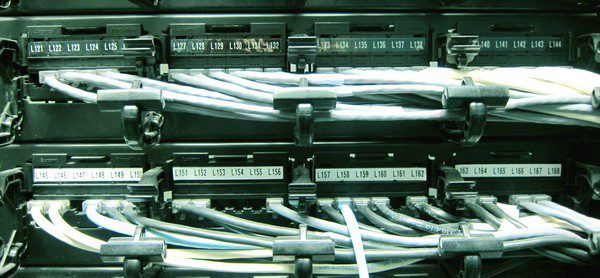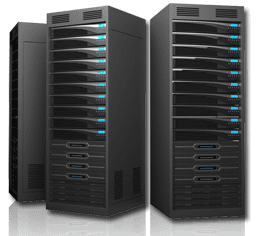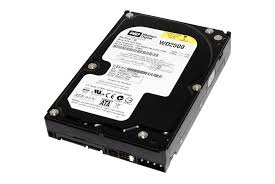Computer Networks are an Integral Part of our Daily Lives
A computer network is a collection of two or more computers with a communication link between them. The communication medium can be through radio waves, wires, infrared, optical fibers etc.

Computer networks are an integral part of our daily lives, with the most important reason being that of communication. The use of computer networking is to share resources like fax machines, printers, modems, files etc.
Other uses are database sharing, email, chat, internet etc. The computer to which the resources are attached is called the server and the other computers that access the resources are called clients. In peer-to-peer computer networks there are no servers.
The sharing of fax machines, printers and modems amongst many computers and users reduce the operational cost. A database on a computer network is a very important application as it stores and runs many important data and jobs.
Emails and chats can be used for instantaneous communication and sending of files via a computer network.
Computer networks are classified, depending upon the size, as Local Area Networks (LAN), Wide Area Networks (WAN), Metropolitan Area Networks (MAN) and Personal Area Networks (PAN).
The topology (topology is the way the computer networks and network resources are connected) of the networking can be classified as Bus, Ring and Star Networks.
The networking hardware basically consists of wiring, network cards and a hub. Network cards are required so that computers can talk to each other. Network cards have a unique IP address to identify each computer on a network.
Hubs connect all the computers in the network. Hubs can also be used to connect to other hubs to increase the size of the network. Computers can also be connected across phone or power lines for communication, using Ethernet cards.
As the number of computers in an office or a home increases, so do the number of cables – therefore wireless networking is a viable solution. In wireless networking radio transceivers or infrared signals are used to communicate between computers and devices.
Examples of wireless networking include Wi-Fi and Bluetooth technology. There are security issues involved in wireless networks; however there definitely is a stronger preference towards wireless networking nowadays among consumers.
Computer networks have added a new dimension to the 21st century. Today the cyber world is much faster and wider than the real world. This has all been made possible due to computer networks.
Computer networks have revolutionized business, communication, travel, research, defense, society and almost all human endeavours. The evolution of computer networks has helped the technological revolution take a big leap forward.


[wrc_post_widget id=’1815′]







